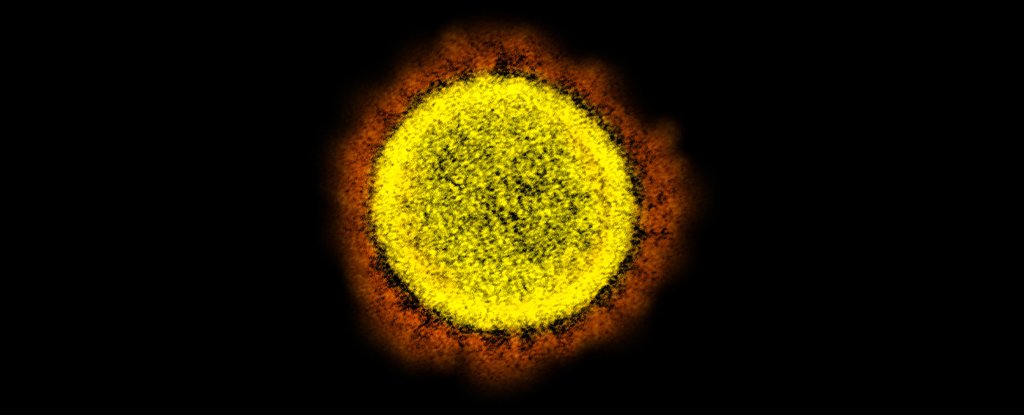If last year’s climate change fueled megafires and the global pandemic has taught us something, it is how we are all interconnected with each other and with our environment. Now, we have some evidence that climate change and the cause of the pandemic may also be linked – through bats.
Bats have a notorious ability to live with viruses that destroy other animals. Although their superpowered immune systems have been a blessing to them – allowing these airborne mammals to thrive around the world – it is a curse for the rest of us, as they carry these viruses with them wherever they go.
Now, a new study has found that, as the climate warmed up in the past century, rising sunlight, carbon dioxide and changes in precipitation have converted tropical scrublands in southern China into savannas and woodlands – prime habitat for bats. And more than 40 new species of bats have moved.
“Understanding how the global distribution of bat species has changed as a result of climate change can be an important step in reconstructing the origin of the COVID-19 outbreak,” said zoologist Robert Beyer of the University of Cambridge.
To investigate this, Beyer and colleagues used data on the world’s vegetation, temperature, precipitation, cloud cover and the vegetation needs of the world’s bat species to build a map of their distributions in the early 20th century. They then compared this to the current species distribution.
“As climate change has altered habitats, species have left some areas and moved to others – taking their viruses with them,” explained Beyer. “This not only changed the regions where the viruses are present, but it probably allowed for new interactions between animals and viruses, causing more harmful viruses to be transmitted or to evolve.”
 Change in global bat distribution since 1901. (Beyer et al, 2021)
Change in global bat distribution since 1901. (Beyer et al, 2021)
Three out of four infectious diseases emerging in people are zoonotic – they come from animals. And coronaviruses make up more than a third of all sequenced bat viruses. The building blocks of the 2002 SARS pandemic were found inside bats in a single cave, and their bodies are now the main suspects of having produced the precursors to SARS-CoV-2.
Among them, the 40 relatively recent migratory bat species to China’s Yunnan province carry more than 100 types of coronavirus. Genetic evidence suggests that the ancestor of SARS-CoV-2 comes from this same region.
Most of these coronaviruses cannot infect us. And now some species of bats are being wrongfully processed by other species, unintentionally, wreaking havoc on us, although these animals play crucial roles in our ecosystems. At least 500 species of plants depend on bat pollination (such as bananas, mangoes and agave), other plants depend on their poop, and some species keep insects under control (including irritating mosquitoes that spread disease) by devouring them.
But our relentless march more and more into the remaining natural habitats, through processes such as deforestation, which also drive climate change, increases our interactions between these animals and, therefore, our chances of finding their viruses. Degraded habitats also stress and weaken the animals’ immune systems within them, providing more chances for viruses to turn into something that can jump across species barriers.
“Among species threatened with wildlife, those with population reduction due to exploitation and loss of habitat shared more viruses with humans,” a study found last year.
Beyer and the team warn that we still don’t know the exact origin of SARS-CoV-2, so their inferences are not yet conclusive and further studies based on different vegetation and using different models are needed to corroborate their findings. Other variables that possibly impact bat distribution, such as invasive species and pollution, also need to be investigated.
And while the correlation is not the same as causation, a growing body of research suggests that climate change is a driver of pathogens that infect new hosts. We even have examples where historic global climate changes have been linked to environmental disturbances that have led to the emergence of infectious diseases.
“The fact that climate change can accelerate the transmission of wildlife pathogens to humans should be an urgent warning to reduce global emissions,” said biogeographer Camilo Mora, from the University of Hawaii, Manoa.
To reduce these risks, Beyer and colleagues strongly recommend the introduction of measures to limit interactions between humans and wild animals, including the imposition of strong regulations on hunting and trade in wild animals, discouraging wildlife-dependent eating and medicinal habits and setting strict animal welfare standards on farms, markets and vehicle transport. To do this, we must consider the socioeconomic needs that drive these practices that they note in their article.
It is also crucial to protect natural habitats to keep species healthy, a measure that can also help mitigate climate change.
“Given the possibility raised by our analysis that global greenhouse gas emissions may have contributed to the SARS-CoV-1 and SARS-CoV-2 outbreaks, we echo calls for decisive mitigation of climate change, including as part of COVID-19 economic recovery programs “, the team recommends
This research was published in Total Environmental Science.
